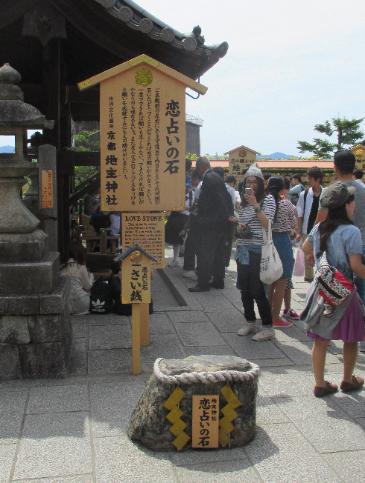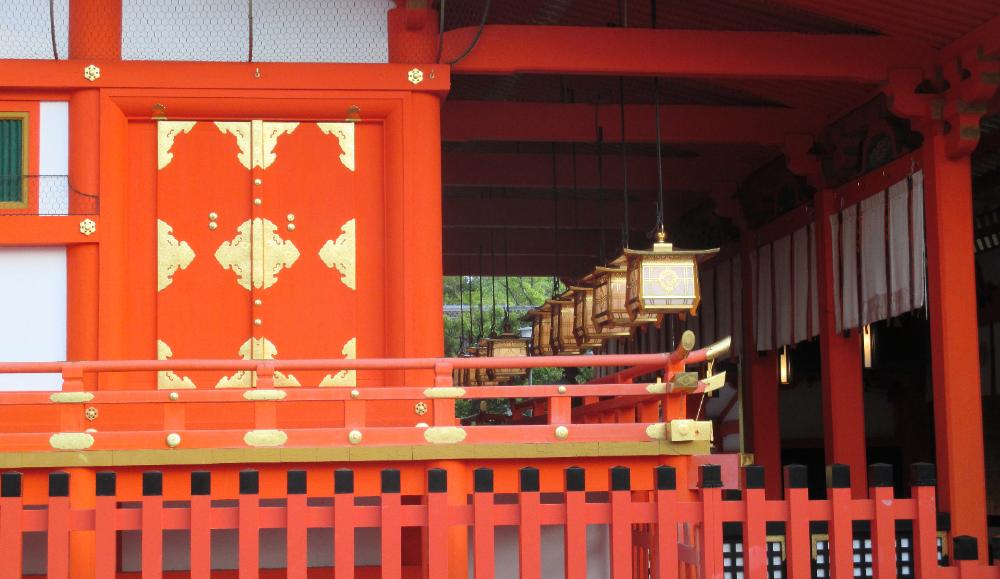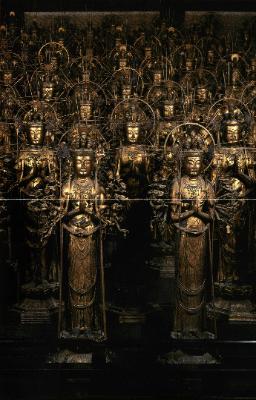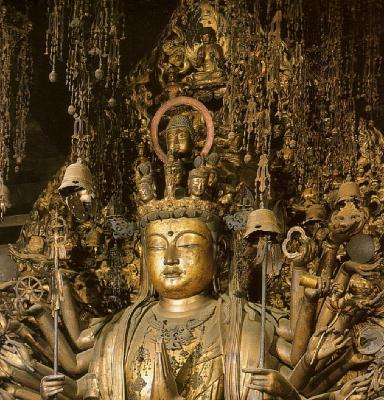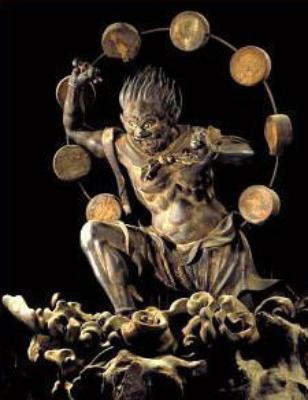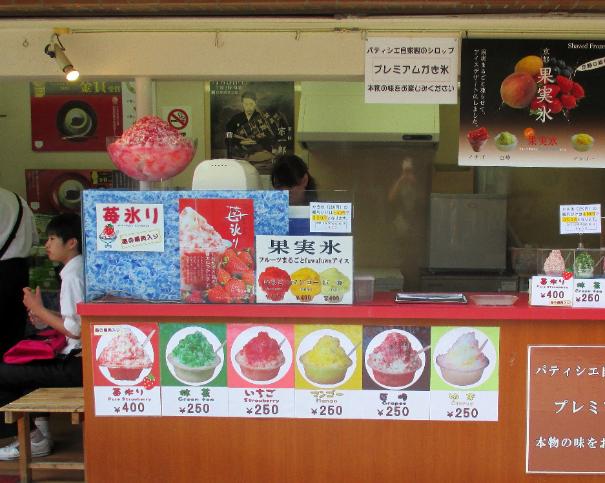
Where We Be
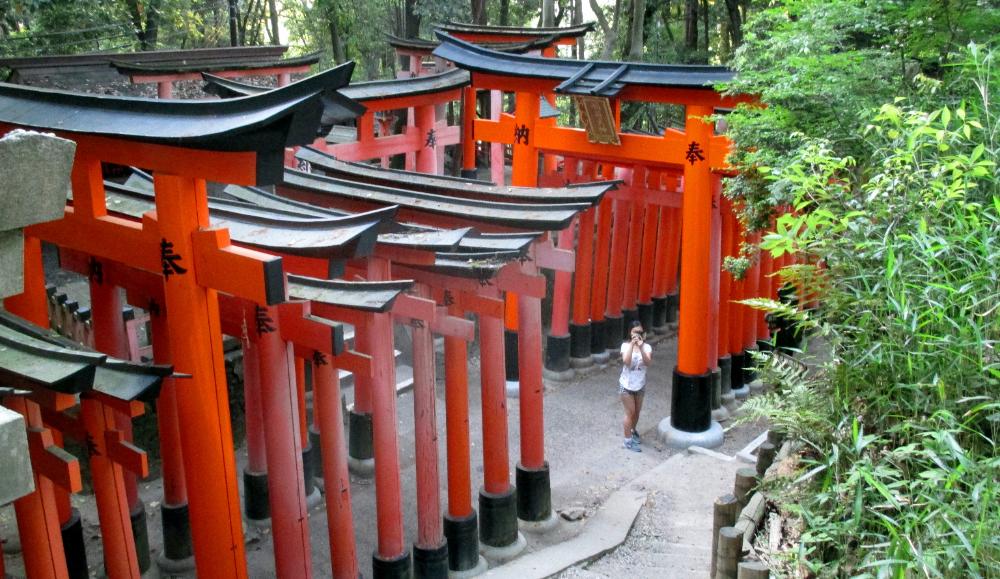
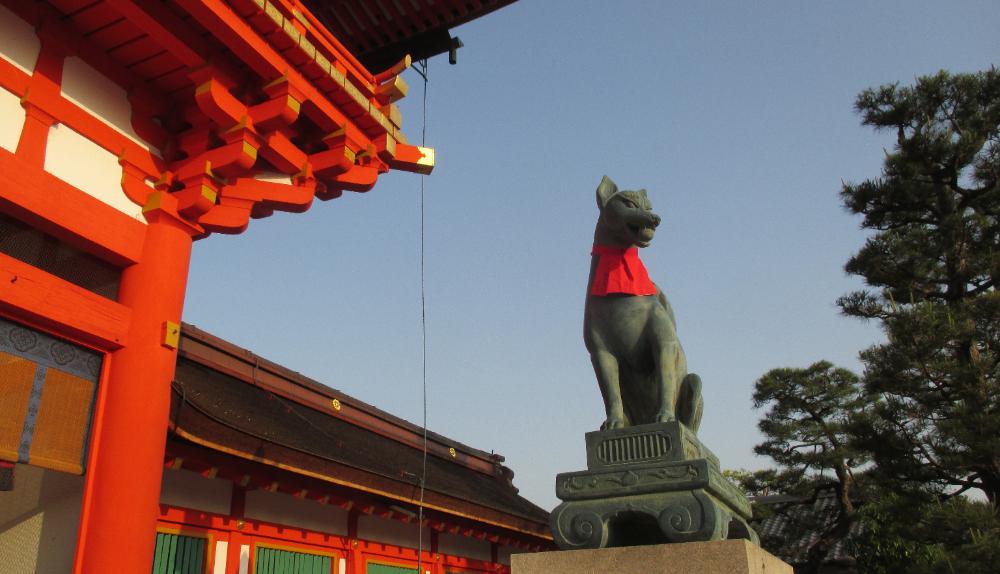
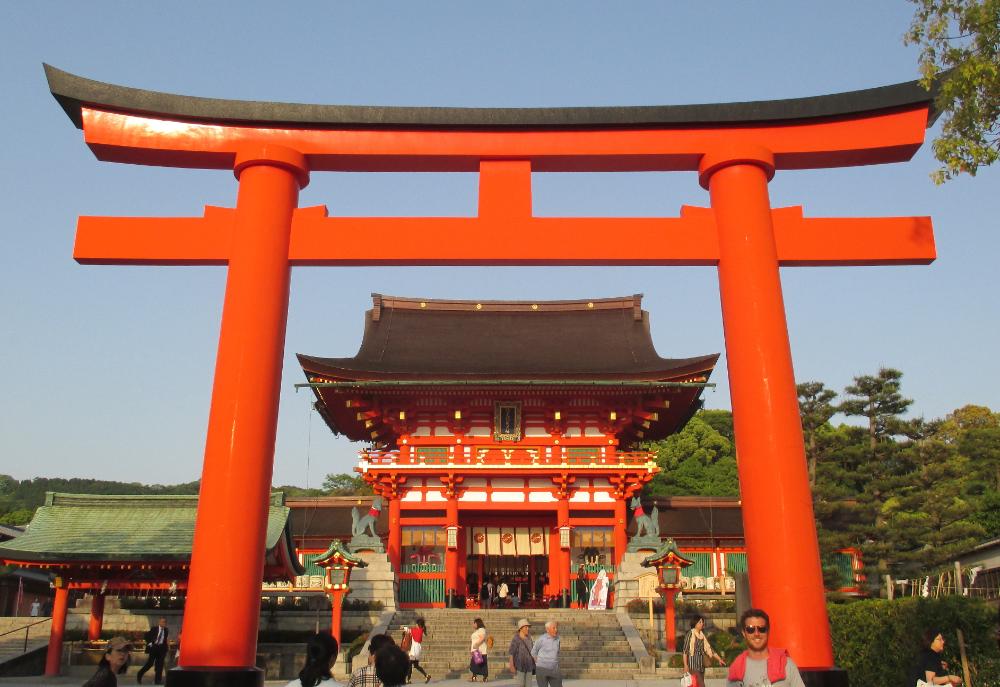
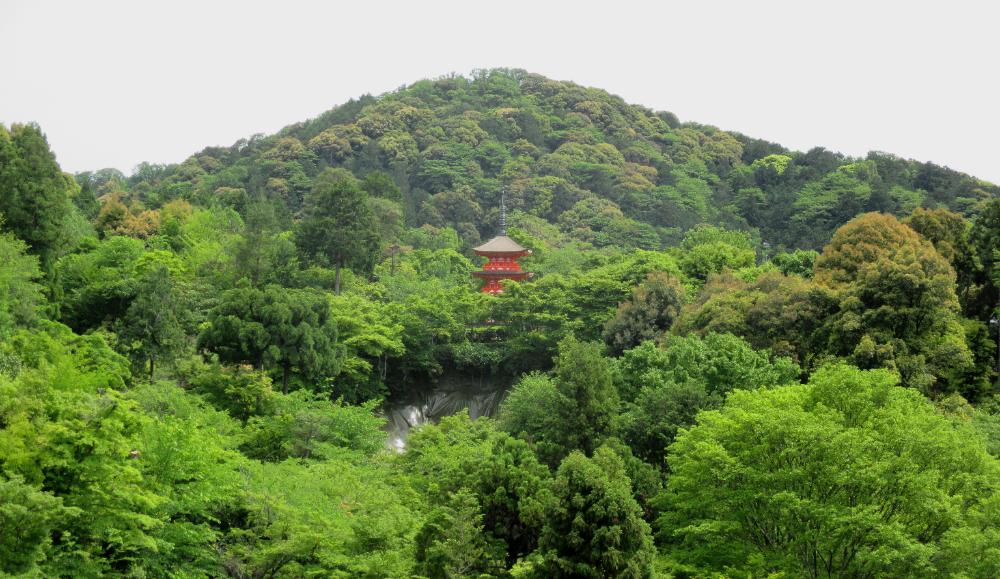
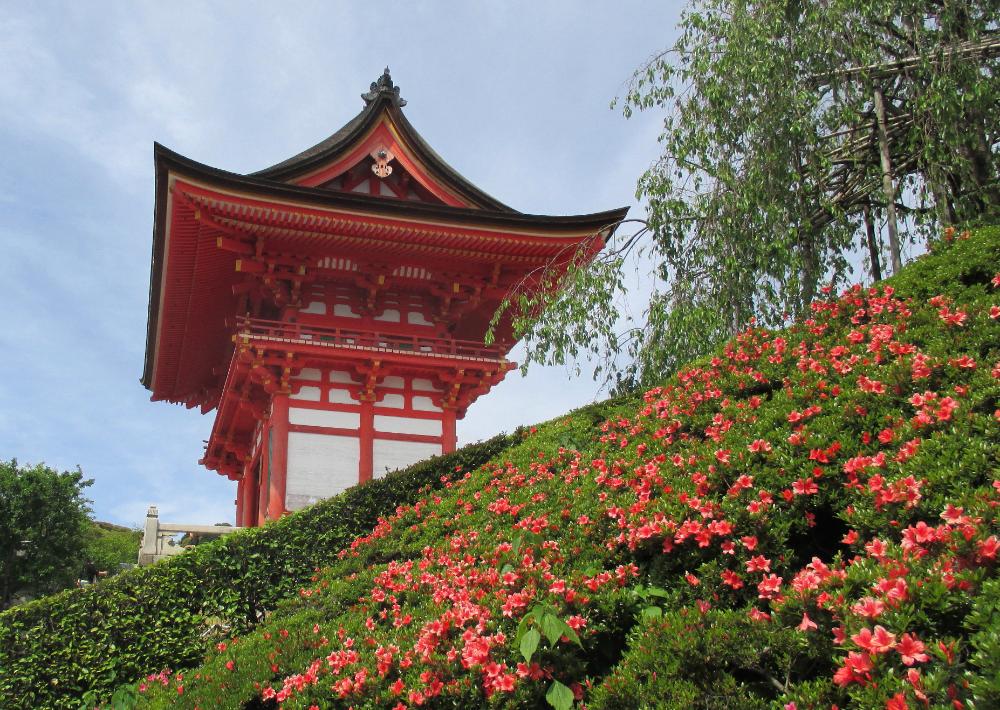
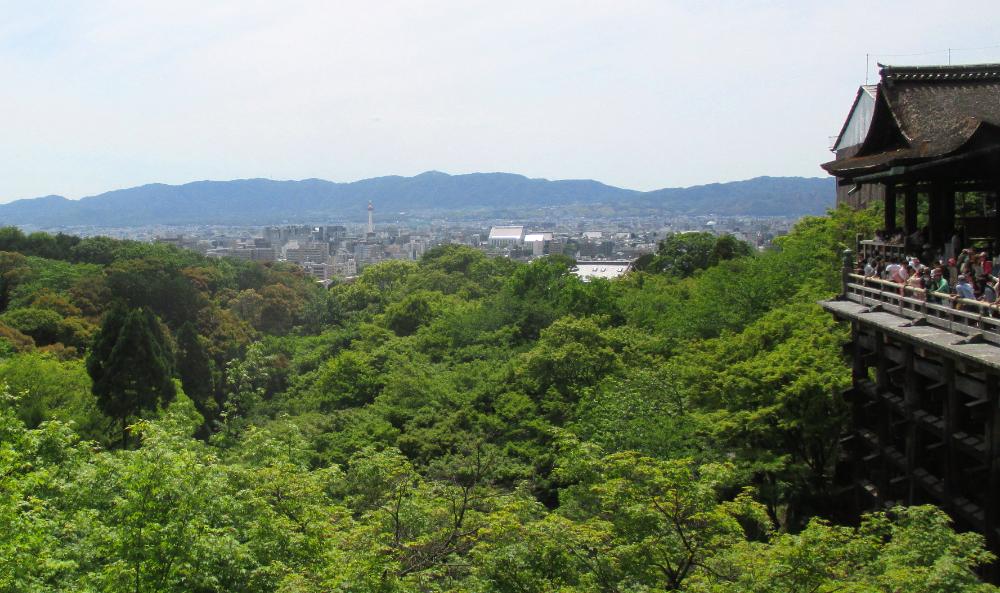
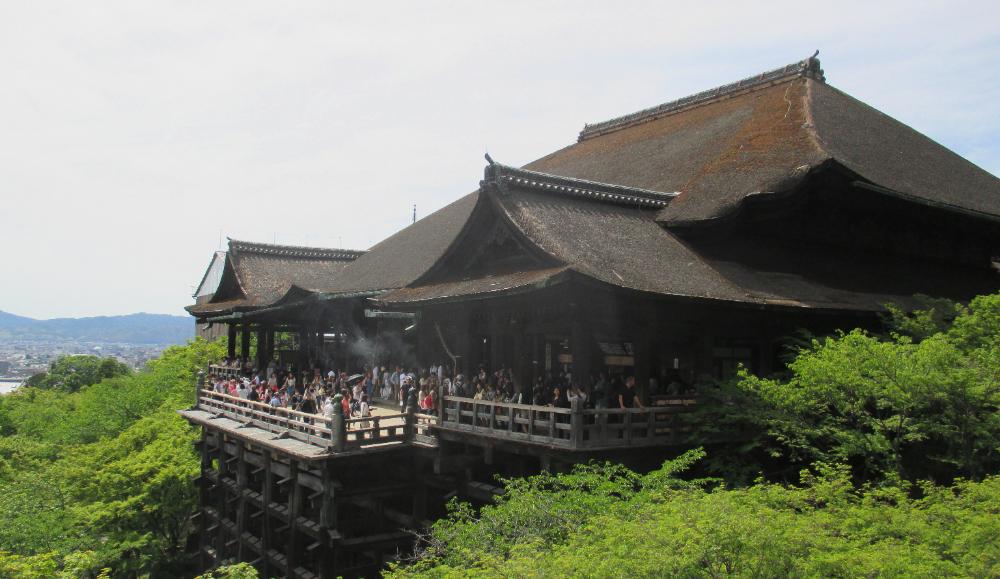
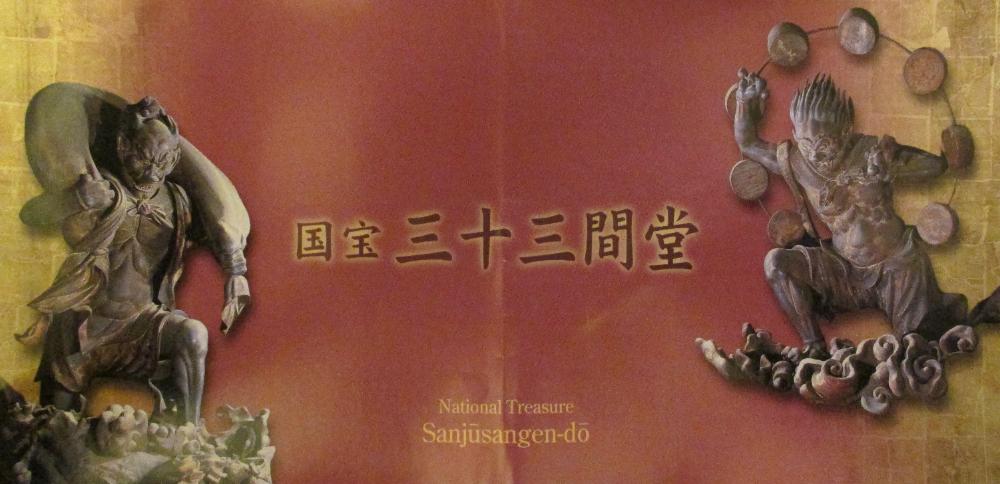
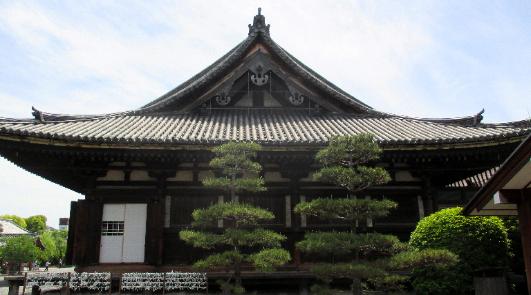
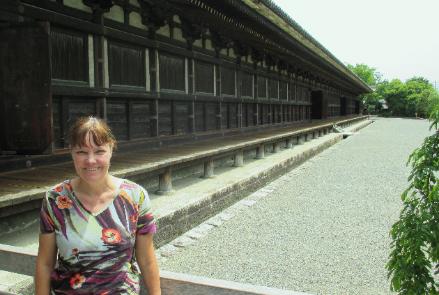
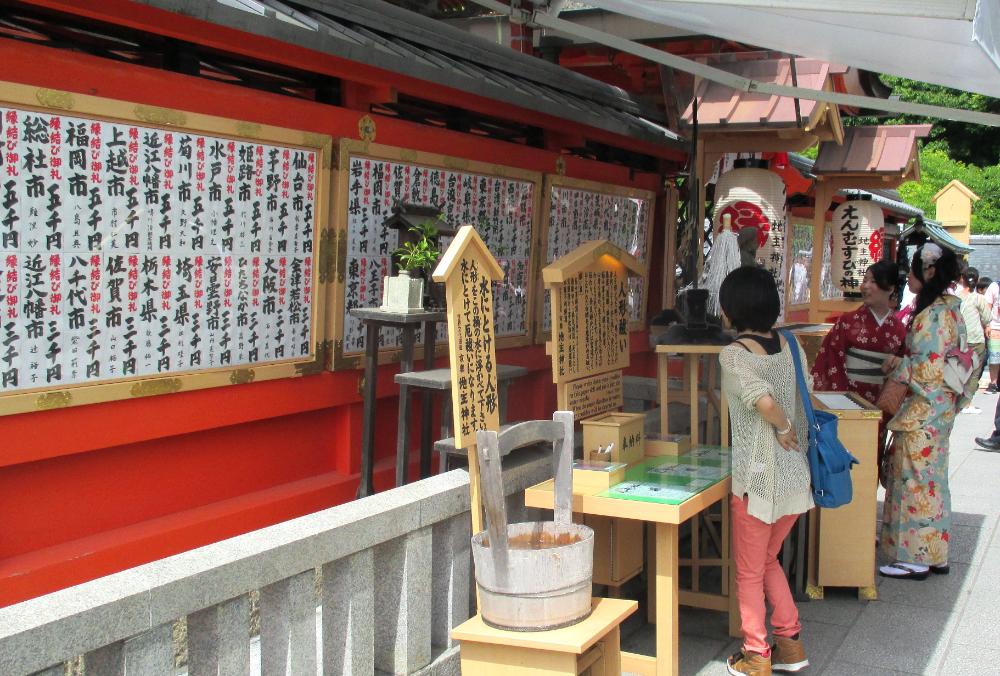
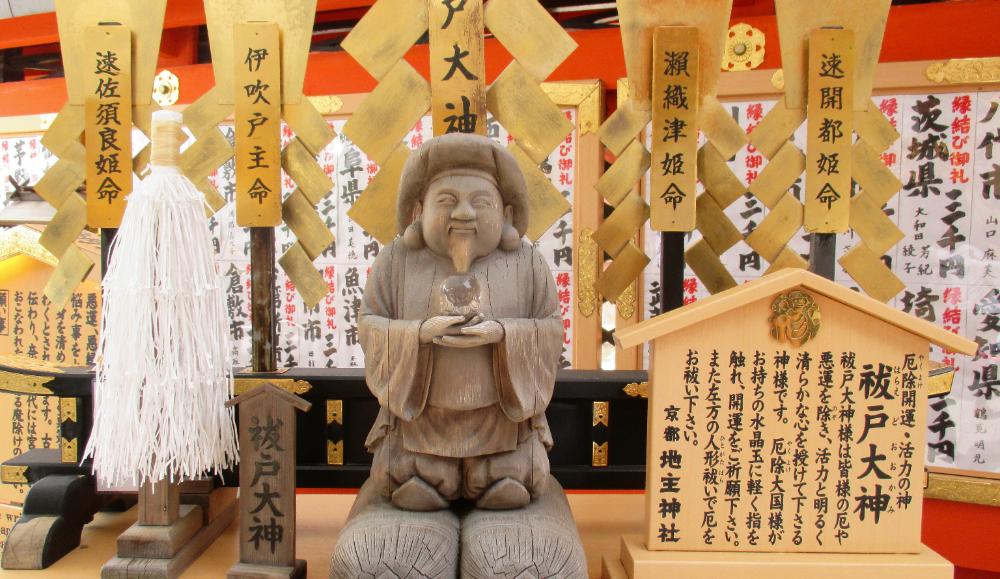
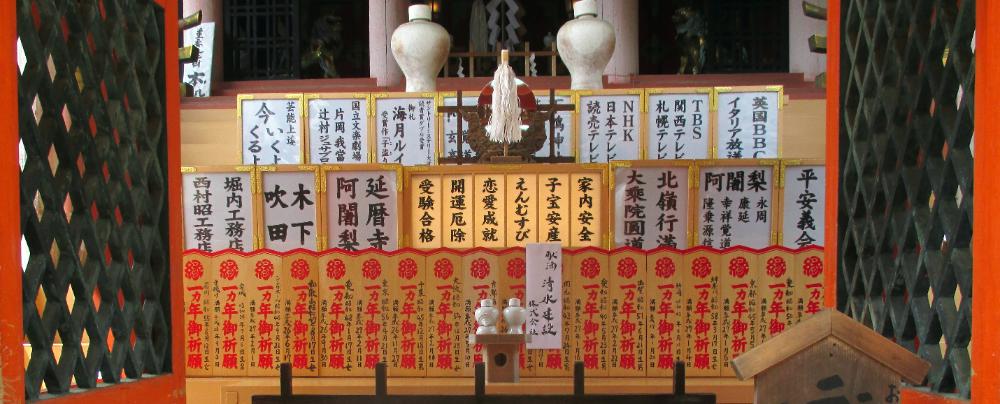
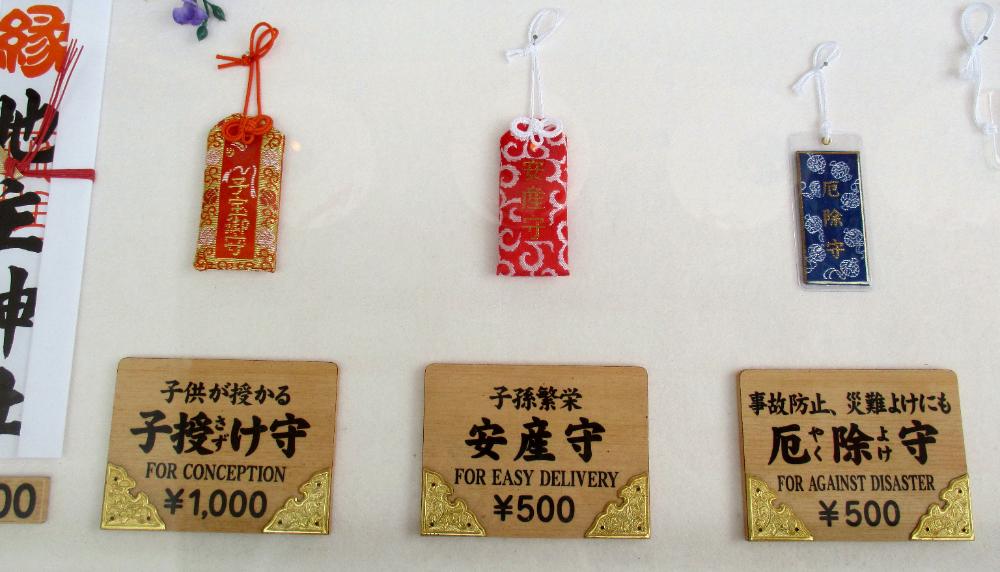
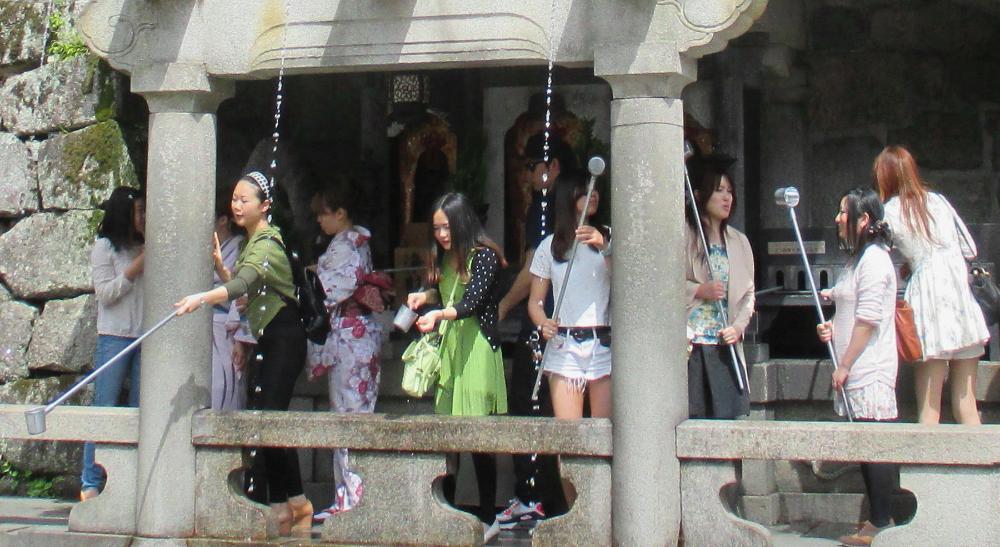

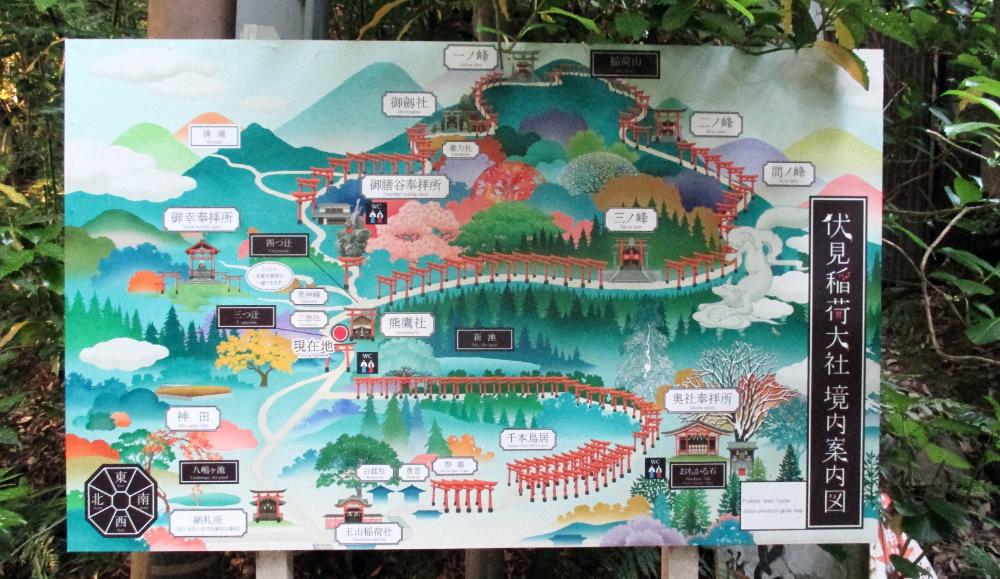
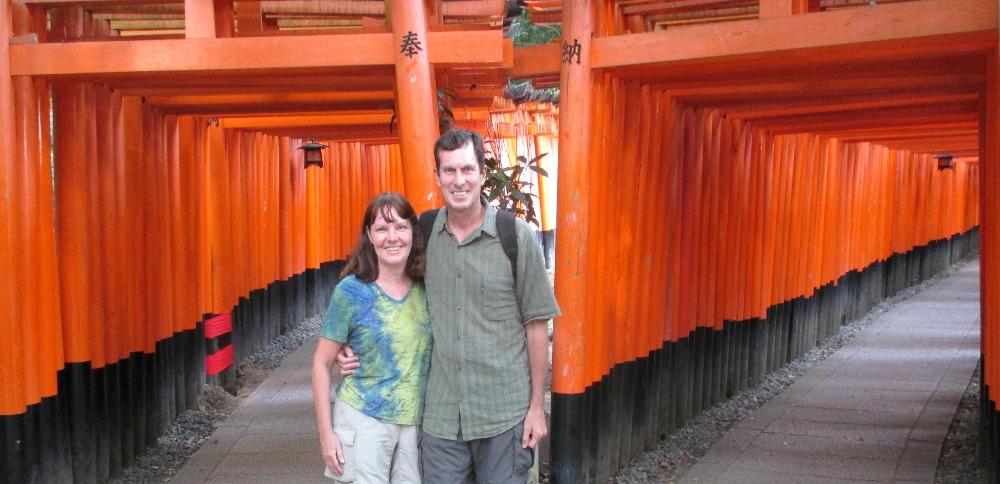
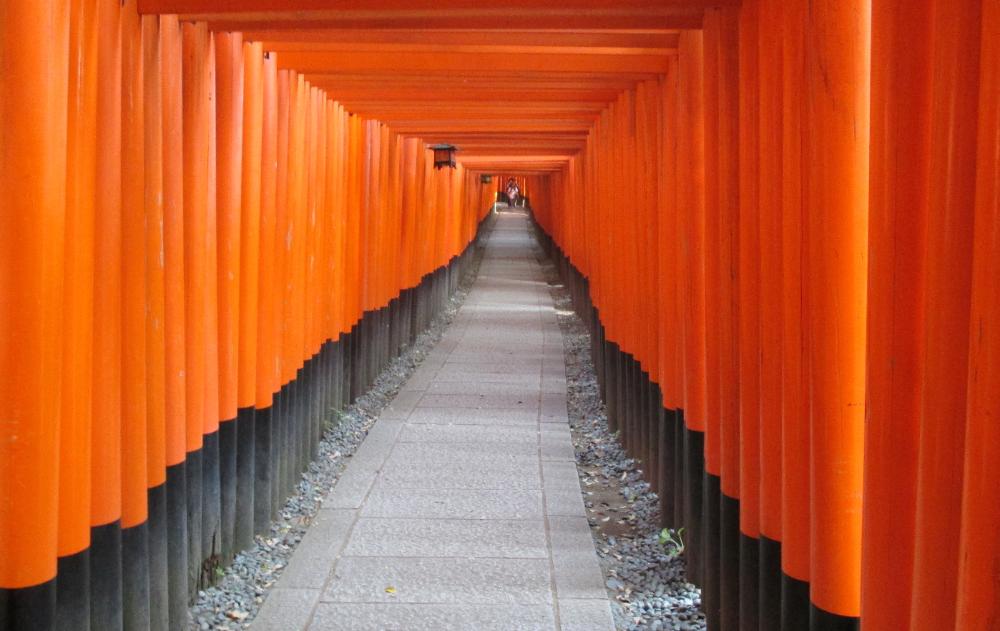
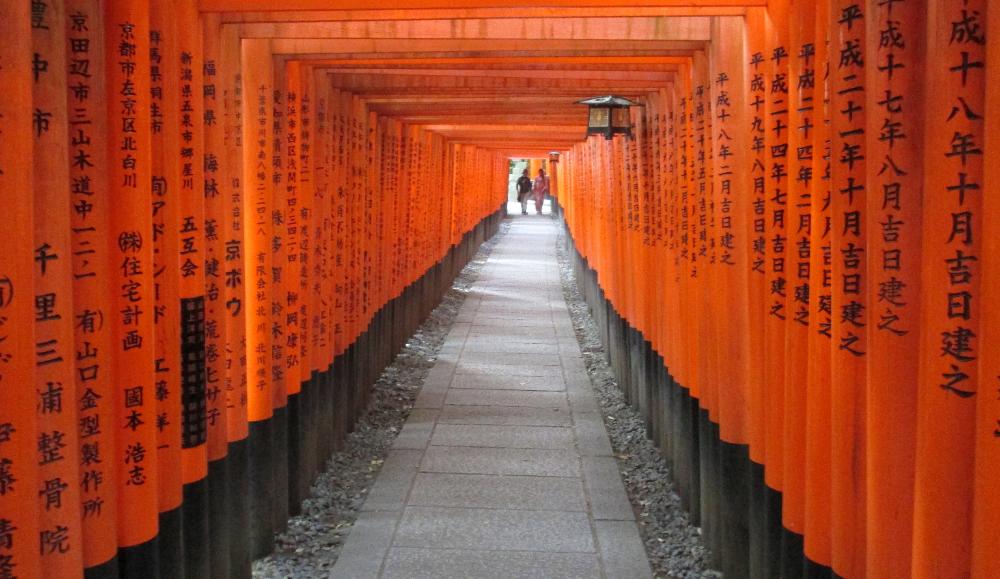
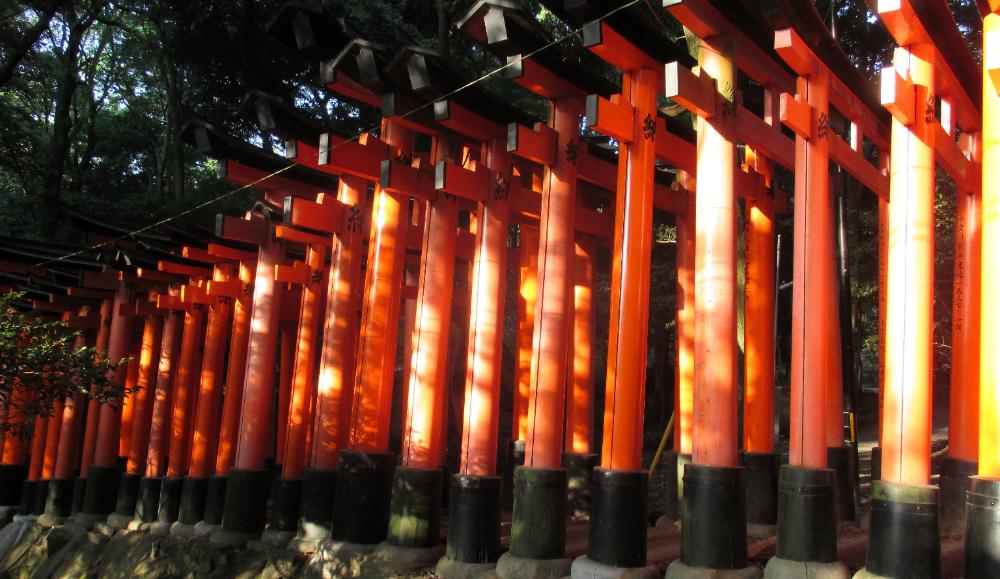
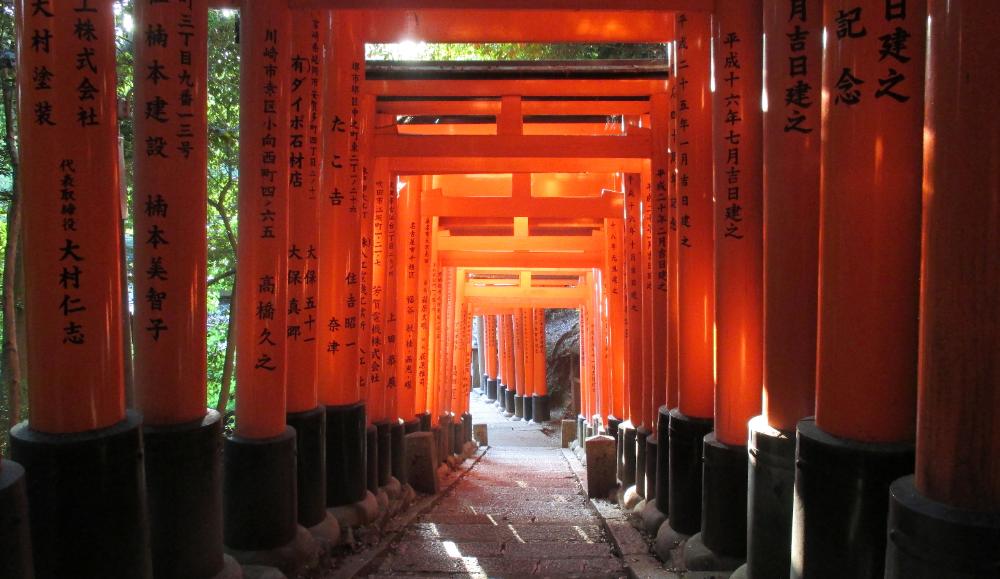
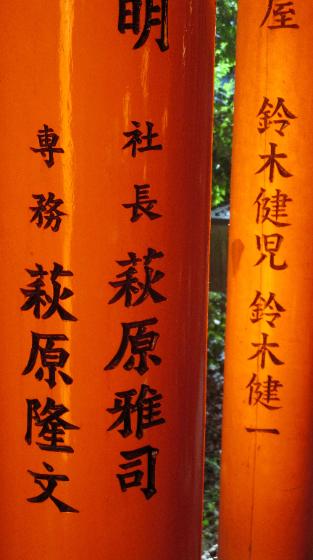
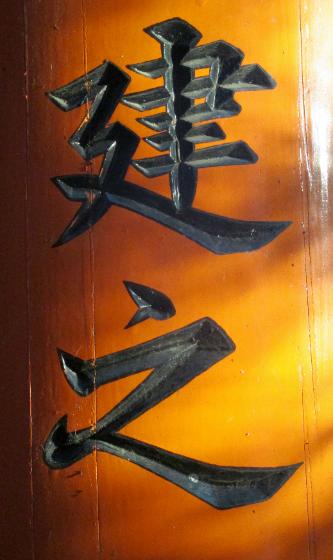
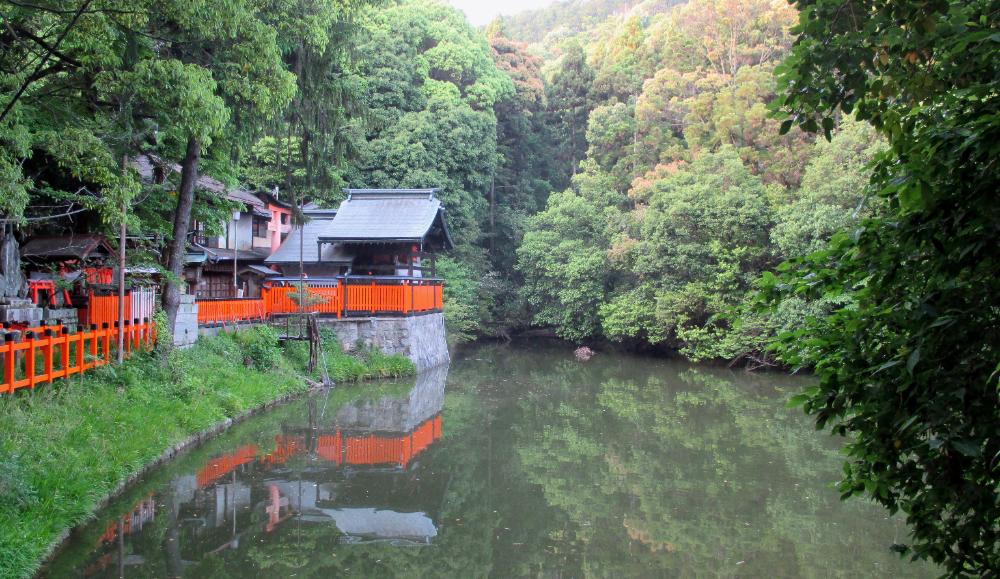
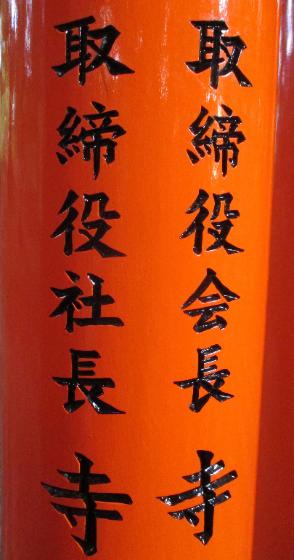
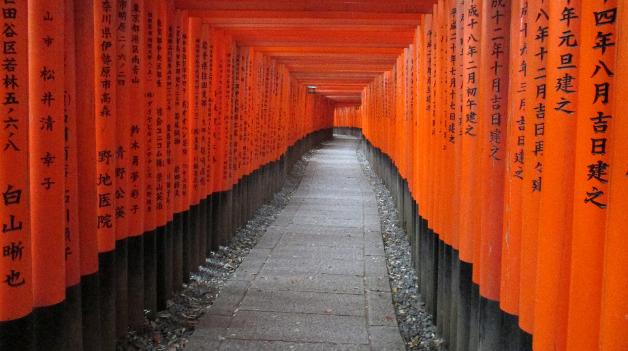
| Fushimi Inari Shrine, with its seemingly endless series of orange gates, is truly unique and especially irresistible at sunset. No wonder it's Kyoto's #1 attraction on TripAdvisor. |
| Kyoto, Japan -- Key Sights (Day 1) |
It's telling that Kyoto was the only major
Japanese city not bombed during World War II.
Thankfully everyone seemed to agree it was too
culturally important to suffer such a fate. Kyoto
served as the imperial capital of Japan for more
than a thousand years (794-1868), so to say it's
rich in cultural heritage is an understatement. If
you can visit just one city in Japan, we and just
about everyone else would say, make it Kyoto.
They claim there are some 1,600 Buddhist
temples scattered throughout the area, with
perhaps 50 being of particular note to tourists.
There's no way to see all of them in one visit, so
we suggest you pick your "top ten" based on
TripAdvisor or guidebook rankings. On our first
day we focused on three sites: Sanjusangendo
Hall, Kyomizu Temple, and Fushimi Inari Shrine --
the first for its unique sculptures, the second
for its spectacular natural setting, and the third
for its breathtaking series of orange gates (torii).
Japanese city not bombed during World War II.
Thankfully everyone seemed to agree it was too
culturally important to suffer such a fate. Kyoto
served as the imperial capital of Japan for more
than a thousand years (794-1868), so to say it's
rich in cultural heritage is an understatement. If
you can visit just one city in Japan, we and just
about everyone else would say, make it Kyoto.
They claim there are some 1,600 Buddhist
temples scattered throughout the area, with
perhaps 50 being of particular note to tourists.
There's no way to see all of them in one visit, so
we suggest you pick your "top ten" based on
TripAdvisor or guidebook rankings. On our first
day we focused on three sites: Sanjusangendo
Hall, Kyomizu Temple, and Fushimi Inari Shrine --
the first for its unique sculptures, the second
for its spectacular natural setting, and the third
for its breathtaking series of orange gates (torii).
| Sanjusangendo Temple is located just east of Kyoto Station. We paid 600 yen each ($6) to get in. The main reason to come here is for the unique statues. The two shown on the front page of this brochure are among the most famous. |
| Sanjusangendo is a long wooden temple -- the longest such in Japan -- built back in 1164 and reconstructed after a fire in 1266. The hall has stood ever since, for over 700 years -- pretty impressive for a wooden building. |
| No photos are allowed inside so these are brochure pictures. Inside are 1001 golden standing statues (left) of the Buddhist deity known as Thousand Armed Kannon. These form a backdrop to a larger seated image of Kannon -- a National Treasure of Japan (center). In addition there are 28 guardian deities. Particularly powerful is the image of the Thunder God (right), who looks like Heat Miser with his wild electrified hair and grimacing expression. |
| Numerous cherry and maple trees erupt in a sea of color in the spring and autumn. Kiyomizu-dera must be something to behold at those times of year. |
| Perched on the side of Mount Otowa, the main hall's large veranda offers fine views of the whole city of Kyoto. Not a single nail was used in the hall's construction. |
| We enjoyed watching Japanese tourists avidly participating in stuff we didn't understand at all |
| In parts of the temple complex it feels almost like you're walking through a fairground. You can purchase talismans, candles, incense, prayer statues, handwritten caligraphy tablets, paper fortunes (omikuji), and more. |
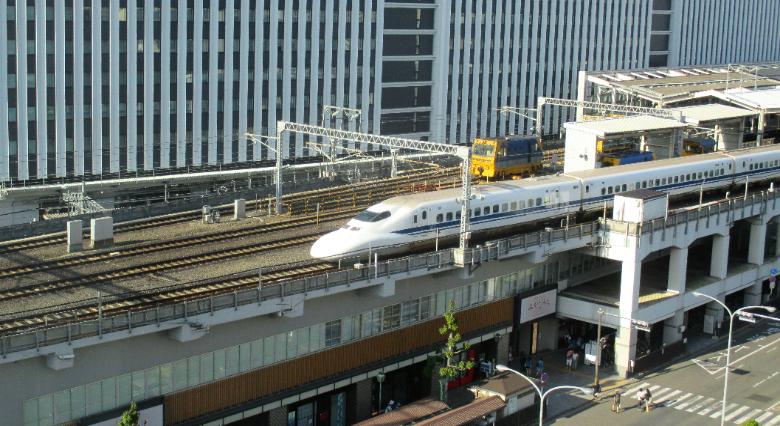
| What do you suppose this is all about? The only letters we can read (top right) are BBC, TBS, and NHK (a Japanese public broadcaster). A shrine to the TV gods, perhaps? We find ourselves delightfully puzzled as to its purpose. |
| At this shop you can buy talismans for every sort of thing imaginable. It's interesting that "For Conception" costs twice as much as "Against Disaster." |
| An elevated walkway offers more views over a sea of trees back towards Kyoto |
| Kiyomizu means "pure water." At Otowa Waterfall visitors use long-handled ladles to catch some of the water. You're only supposed to drink from two of the streams of water; drinking from all three is considered greedy. |
| Northeast of Kyoto Station is Kiyomizu Temple, one of the most visited temples in Kyoto. Even from the Deva entry gate you can see why: this is a visually stunning place. |
| We liked this colorful display of Japanese folding fans |
| At Jishu Shrine (left), dedicated to the god of love and matchmaking, you can try to walk with eyes closed from one “love stone” to another, set 6 m (20 ft) apart, to demonstrate that love will come easily to you. One young man with eyes closed practically crashed into me! The broken-hearted can drown their sorrows in a scoop of green tea ice cream (right). |
| Here's a map showing the orange-gated mountain trail. The whole trail is about 4 km (2.5 mi) long. |
| Don't miss this one-of-a-kind study in orange -- Kyoto's #1 attraction on TripAdvisor. Fushimi Inari is located southeast of Kyoto Station, just a 5-minute train ride away. |
| The shrine honors Inari, the Shinto god of business and agriculture (especially rice). Foxes are said to act as Inari's messengers. |
| Standing at the crossroads where the gates head off in two directions. You can go up one way and down the other. |
| The vivid orange gates with black bases soon crowd together until it feels like you’re tunneling through a surreal orange universe |
| One side of each pillar is blank orange (see the previous photo), while the other side is covered with deeply etched inscriptions |
| Inari is the patron of business, and each of the thousands of gates (torii) lining the path is donated by a Japanese business |
| We arrived near sunset and highly recommend this time of day for a visit. The orange gates practically glow in the late afternoon sun. |
| Many smaller shrines dot the mountain side and serve as peaceful rest stops along the way |
| The inscriptions on each gate are quite lovely but serve a prosaic purpose. They show the business name on the left side of each gate and the initial date of sponsorship on the right. |
| When you're tired of regular temple viewing, come to Fushimi Inari. it's different from anything else you'll see. |
| The main shrine sits at the base of Inari Mountain, but most people come for the unusual trail leading up the mountain. |
| At Tokyo's Shinagawa Station we caught the Shinkansen bullet train to Kyoto ($140 pp). We stayed at the New Miyako Hotel, which offered a window view of Kyoto Station. |
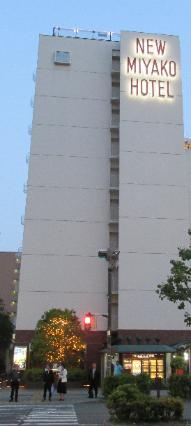
| SANJUSANGENDO HALL |
| KIYOMIZU TEMPLE |
| FUSHIMI INARI TAISHA |
